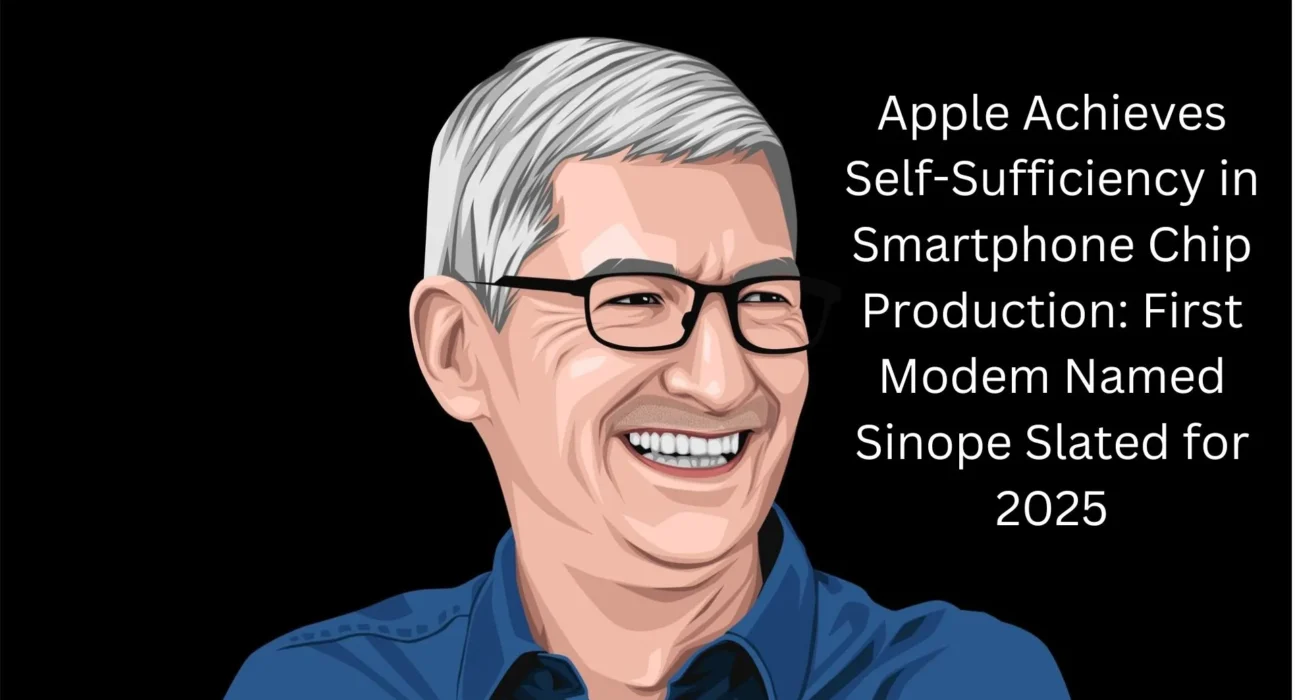In 2019, when Apple had acquired Intel’s smartphone modem chip business for $1 billion, almost everywhere there were rumours that Apple was aiming for self-sufficiency in smartphone chip production. 5 years later, it seems that finally, it is happening.
According to a recent report from Bloomberg, Apple is planning to debut its first self-developed modem chip by 2025. This would be a major shift for the company, as they have relied on external suppliers such as Qualcomm for their modem chips in the past.
As per the report, this first in-house modem from Apple, codenamed Sinope, will be fabricated by TSMC, and will be powering the upcoming low-end products from Apple, like the iPhone SE and lower-end iPads.
Join Our WhatsApp communityAs the report says, Apple’s Sinope is still lagging behind Qualcomm’s modem in terms of performance and thus is said to be the major reason behind Apple not using their first in-house modem, Sinope, in their higher models.
Further, the next-generation modems (2nd and 3rd generations, respectively), which are codenamed Ganymede and Prometheus, will be powering the iPhone 18 lineup and higher-end iPads.
Also, these next-generation modems will be equipped with satellite communications features and AI capabilities to counter Qualcomm’s offerings.
Furthermore, Apple is also trying to integrate its modems and Bionic processors into a single chip to improve performance and decrease overall energy consumption.
TRENDING
How Apple’s Self-Sufficiency in Smartphone Chip Production Affects Qualcomm?
When Apple had acquired Intel’s modem business in 2019, Qualcomm had understood at that time that very soon Apple was planning to achieve self-sufficiency in smartphone chip production. Since then, only Qualcomm had started diversifying its portfolio towards PCs, automotive, industrial applications, and extended reality (XR) business.
2018 was the time when Apple used to contribute one-third of Qualcomm’s total revenues; since then, this share of revenue has only decreased, and currently Apple’s business makes up around 20% of sales today.
Qualcomm does still generate episodic licensing revenue from Apple for its standard-essential mobile patents. With Apple leaving using Qualcomm’s modems in their products, Qualcomm is expected to lose up to $2.5 billion, which Qualcomm is eventually planning to cover up from its PCs, automotive, industrial applications, and extended reality (XR) business, which is expected to generate USD 22 billion by 2029.
Source:
Image Courtesy :Capitalism
Discover more from WireUnwired
Subscribe to get the latest posts sent to your email.





